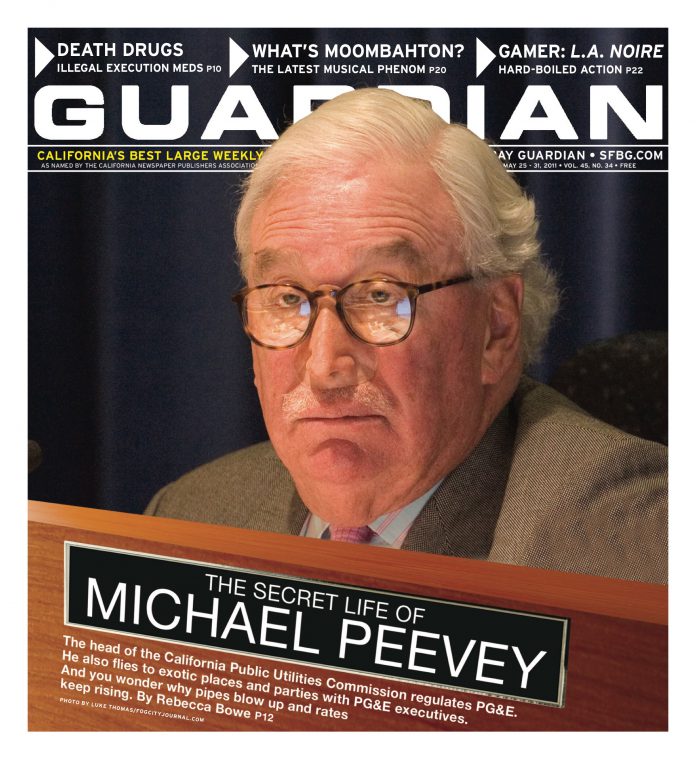news@sfbg.com
On Thursday, May 26, the California Public Utilities Commission is set to vote on changes to the electricity rates of Pacific Gas and Electric Co. customers. Currently two proposals are on the table, and consumer advocates characterize the better one as merely the lesser of two evils.
At its last meeting on May 5, the commission approved a requested 8.1 percent increase in the total amount of money PG&E will collect from its customers in 2011. The $454 million revenue increase is supposed to account for costs accrued by the company’s spending on infrastructure.
The big question that remains is how the increased burden will be divided among customers, or more precisely, what class of customers will see a bump in their monthly bill. The price of electricity in California is regulated by a tiered structure, meaning the less you use, the less each kilowatt of power costs you. In this way, higher usage customers pay above-cost prices for power, subsidizing users who conserve and those enrolled in the energy discount program.
Under both proposals, the rates would be moving away from that structure. Their description summarizes the new structure this way: “Lower-usage customers will incur higher rates offset by reductions in higher usage customer rates.” Critics said the proposal hurts conservation and the poor.
“The policies are going to hurt low-income household in a time when low-income households can’t take any more hurting,” said Stephanie Chen, senior legal counsel for the Greenlining Institute.
One of the proposals is especially detrimental to the 20 percent of PG&E customers who use the program known as California Alternate Rates for Energy (CARE) to afford their bills. If approved by the commission, PG&E would introduce a new fixed monthly fee. CARE customers would have to dish out an extra $2.40 every month and everyone else would pay $3.
The effect can be acute for households on fixed incomes, which is why Matt Freedman, staff attorney from The Utility Reform Network (TURN) said, “Our top issue is killing the customer charge.”
He is confident in his case against the customer charge and says he is supported by California laws that limit how much the rates of low-income consumers can go up. The law is meant to keep prices stable for the poor, which TURN said it will defend.
“We are prepared to sue the commission if they adopt the customer charge,” Freedman said. “We are prepared to fight.”
Although protecting vulnerable consumers is at the top of the agenda of many consumer advocates, there are other reasons to oppose PG&E’s new rate scheme. “If your bill gets lower all of sudden for using the same amount of power, you are not going to conserve,” Chen said, referring to the how high-usage customer may respond to their new bills.
PG&E failed to reply to Guardian phone calls, but public comments by the energy giant elucidate the push for a change to customer rates. The company cited the “historical context” of more than 10 years of frozen rates for low-income customers.
Melissa Kasnitz, a spokesperson for Disability Rights Advocates, said the data from PG&E indicates that many households already on the lowest rungs of the economic ladder are teetering on the brink of disconnection. She called the historical context of frozen rates a “meaningless abstraction” given the hardship those households will face.
Even more alarming is that PG&E sees the proposed change to the rate structure as a “continuing movement toward a cost-based framework for [rates].” California law, however, says that the guiding principle for determining rates should be accessibility and conservation, not simply cost. But that could change under Senate Bill 142, a bill introduced by state Sen. Michael Rubio’s (D-Bakersfield) that would more directly link utility rates to the costs of generating power.

